Home>Gardening & Outdoor>Outdoor Structures>What Is A Retractable Awning
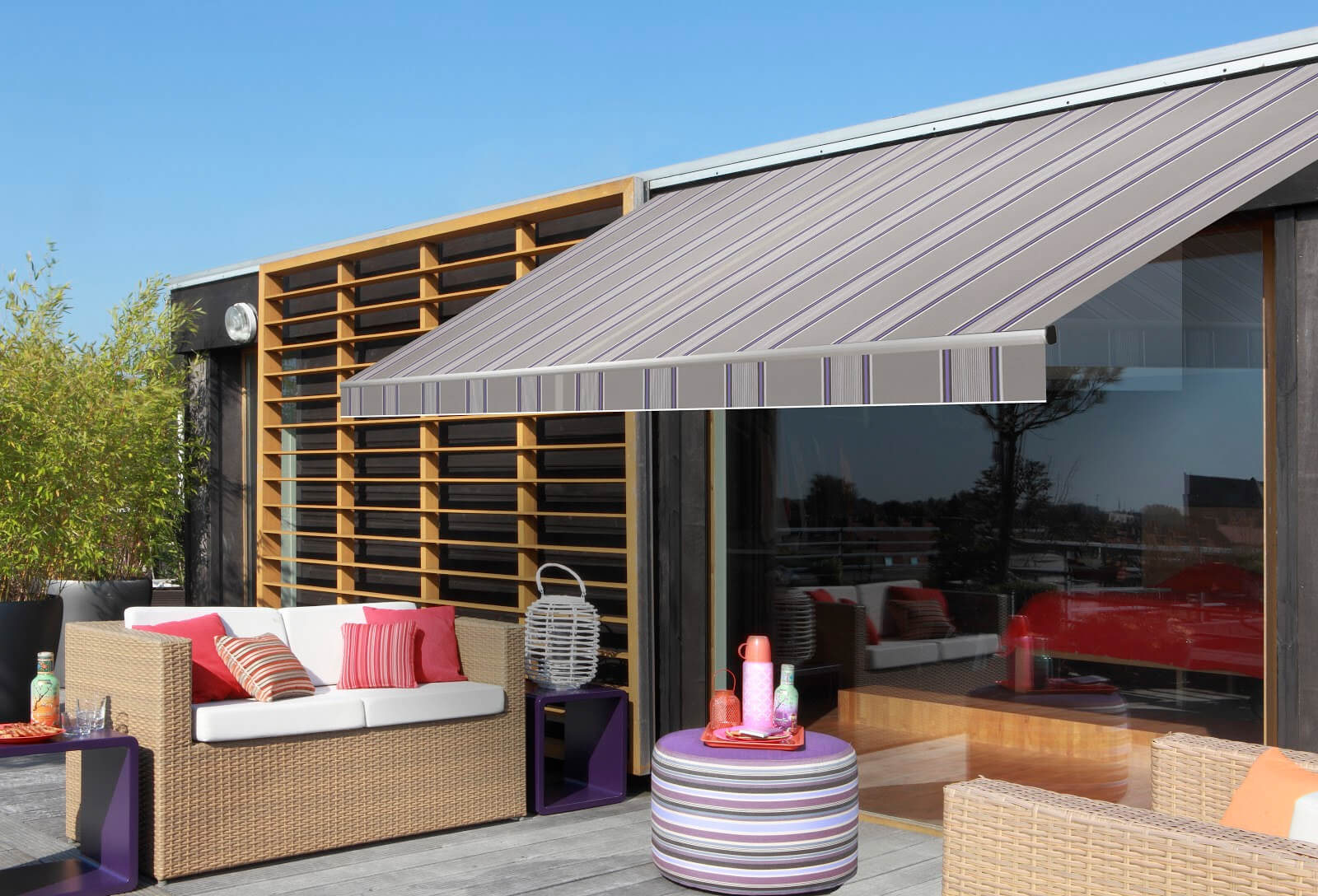

Outdoor Structures
What Is A Retractable Awning
Modified: April 1, 2024
Discover the benefits of a retractable awning for your outdoor space. Learn how this versatile outdoor structure can enhance your home and lifestyle.
(Many of the links in this article redirect to a specific reviewed product. Your purchase of these products through affiliate links helps to generate commission for Storables.com, at no extra cost. Learn more)
Introduction
Retractable awnings are a versatile and practical addition to any outdoor space, offering a perfect blend of style and functionality. These innovative structures provide shade and protection from the elements while allowing for customizable coverage based on the specific needs of the user. Whether it's a scorching summer day, a light drizzle, or a desire for a cozy outdoor retreat, retractable awnings offer a solution that seamlessly integrates with various settings.
The beauty of retractable awnings lies in their adaptability, making them an ideal choice for homeowners, business owners, and anyone seeking to enhance their outdoor living or commercial space. With a wide range of designs, materials, and features available, retractable awnings can be tailored to complement the aesthetic and functional requirements of any outdoor area.
From expansive patios and decks to intimate balconies and storefronts, retractable awnings offer a versatile shading solution that can transform an outdoor space into a comfortable and inviting environment. Whether it's creating a shaded area for outdoor dining, protecting furniture from sun damage, or simply enjoying a leisurely afternoon outdoors, retractable awnings provide a customizable and stylish solution for a variety of needs.
In the following sections, we will delve deeper into the world of retractable awnings, exploring their different types, benefits, considerations for choosing the right one, as well as installation and maintenance tips. By the end of this comprehensive guide, you will have a thorough understanding of the versatility and advantages of retractable awnings, empowering you to make an informed decision when considering this valuable addition to your outdoor space.
Key Takeaways:
- Retractable awnings offer adjustable protection from the sun and rain, making outdoor spaces comfortable and versatile. They come in various types and provide benefits like sun protection, energy efficiency, and enhanced outdoor enjoyment.
- When choosing a retractable awning, consider its purpose, size, fabric, and installation requirements. Proper maintenance, including cleaning and seasonal inspections, ensures longevity and optimal performance, making outdoor spaces inviting and visually appealing.
Read more: What Is The Best Retractable Awning
Definition of a Retractable Awning
A retractable awning is a versatile shading structure designed to provide adjustable protection from the sun, rain, and other weather elements. Unlike traditional fixed awnings, retractable awnings can be extended or retracted as needed, offering flexibility and control over the amount of shade and coverage. These innovative structures are typically composed of a durable fabric or material that is supported by a frame, allowing for smooth extension and retraction mechanisms.
One of the key distinguishing features of retractable awnings is their ability to adapt to changing weather conditions and user preferences. By utilizing manual cranks, motors, or even advanced automated systems, retractable awnings can be effortlessly extended to provide shade during sunny days or retracted to allow for an open, unobstructed view of the sky. This adaptability makes retractable awnings an ideal solution for outdoor spaces where flexibility and customization are paramount.
Retractable awnings are commonly installed over outdoor living areas such as patios, decks, and balconies, as well as commercial spaces including storefronts and restaurant terraces. Their ability to create a comfortable and sheltered environment while maintaining an open-air feel makes them a popular choice for both residential and commercial applications.
In addition to their functional benefits, retractable awnings also contribute to the aesthetic appeal of outdoor spaces. With a wide range of fabric colors, patterns, and frame designs available, retractable awnings can be customized to complement the existing architecture and style of any building or outdoor area. This versatility allows for seamless integration with various design themes, enhancing the overall visual appeal of the space while providing practical shading solutions.
Overall, the definition of a retractable awning encompasses its adaptability, functionality, and aesthetic value. By offering adjustable protection from the elements, customizable coverage, and an enhanced outdoor experience, retractable awnings have become a popular choice for individuals and businesses seeking to optimize their outdoor spaces for comfort, style, and practicality.
Types of Retractable Awnings
When it comes to retractable awnings, there is a diverse range of options available, each offering unique features and benefits to suit different preferences and requirements. Understanding the various types of retractable awnings can help individuals and businesses make informed decisions when selecting the most suitable option for their outdoor spaces. Here are some common types of retractable awnings:
-
Lateral Arm Retractable Awnings: Also known as folding arm awnings, lateral arm retractable awnings are a popular choice for residential and commercial applications. These awnings feature extendable arms that open and close horizontally, allowing for flexible coverage and easy retraction when not in use. Lateral arm retractable awnings are ideal for creating expansive shaded areas without the need for vertical supports, making them a versatile and visually appealing option for patios, decks, and outdoor seating areas.
-
Pergola Retractable Awnings: Pergola retractable awnings are designed to integrate seamlessly with existing or custom-built pergolas, providing adjustable shade and weather protection for outdoor living spaces. These awnings can be installed on top of pergola structures, allowing for customizable coverage and enhanced comfort. Pergola retractable awnings are well-suited for creating stylish and functional outdoor retreats, offering a perfect balance of open-air ambiance and sheltered comfort.
-
Vertical Drop Retractable Awnings: Unlike traditional retractable awnings that extend horizontally, vertical drop retractable awnings are designed to provide shade and privacy by descending vertically along windows, balconies, or outdoor enclosures. These awnings are particularly effective at blocking out harsh sunlight, wind, and nosy neighbors, making them an excellent choice for creating private and comfortable outdoor spaces. Vertical drop retractable awnings are versatile and can be customized to fit various architectural configurations, offering a practical solution for both residential and commercial settings.
-
Freestanding Retractable Awnings: Freestanding retractable awnings are standalone structures that do not require attachment to a building or existing framework. These awnings offer the flexibility to create shaded areas in open spaces such as gardens, poolside lounges, and outdoor dining areas. With their portable and versatile design, freestanding retractable awnings provide a convenient shading solution that can be easily repositioned to adapt to changing sun angles and outdoor activities.
-
Motorized Retractable Awnings: Motorized retractable awnings feature automated extension and retraction mechanisms, allowing users to effortlessly adjust the awning with the touch of a button or remote control. These awnings offer convenience and ease of use, making them an ideal choice for individuals seeking a seamless and efficient shading solution. Motorized retractable awnings can be integrated with smart home systems for enhanced control and automation, providing a modern and sophisticated shading experience.
By understanding the different types of retractable awnings available, individuals and businesses can explore the diverse range of options to find the perfect shading solution that aligns with their specific needs, preferences, and outdoor space requirements. Whether it's creating a comfortable outdoor oasis, expanding usable outdoor areas, or enhancing the visual appeal of a space, the versatility of retractable awnings offers a solution for a wide range of applications.
Benefits of Using a Retractable Awning
Retractable awnings offer a multitude of benefits that significantly enhance the functionality, comfort, and visual appeal of outdoor spaces. Whether utilized in residential or commercial settings, these versatile shading structures provide a range of advantages that cater to the diverse needs and preferences of users.
1. Sun Protection and UV Blockage
One of the primary benefits of using a retractable awning is the effective protection it offers against harmful UV rays and excessive sun exposure. By creating a shaded area, retractable awnings help reduce the risk of sunburn and heat-related discomfort, allowing individuals to enjoy outdoor activities without the worry of prolonged sun exposure.
Read more: How To Retract An RV Awning
2. Temperature Regulation
Retractable awnings contribute to temperature regulation by minimizing heat buildup in outdoor areas. By providing shade and reducing direct sunlight, these awnings help maintain a cooler and more comfortable environment, making outdoor spaces conducive for relaxation, social gatherings, and leisure activities even during hot weather.
3. Energy Efficiency
The use of retractable awnings can lead to improved energy efficiency within buildings. By shading windows and outdoor areas, these awnings help reduce solar heat gain, subsequently lowering indoor temperatures and decreasing the reliance on air conditioning systems. This, in turn, can result in energy savings and reduced utility costs.
4. Versatile Outdoor Living
Retractable awnings extend the usability of outdoor spaces, allowing individuals to make the most of their patios, decks, and other outdoor areas regardless of the weather conditions. Whether it's creating a comfortable outdoor dining area, a shaded spot for relaxation, or a protected space for children to play, these awnings enhance the versatility and functionality of outdoor living spaces.
5. Preservation of Indoor Furnishings
By blocking direct sunlight, retractable awnings help protect indoor furnishings, flooring, and decor from fading and sun damage. This benefit is particularly valuable for homes and businesses with windows and doors that receive prolonged sun exposure, as it helps maintain the longevity and visual appeal of interior spaces.
Read more: How To Make A Retractable Awning
6. Enhanced Curb Appeal
The addition of a retractable awning can significantly enhance the aesthetic appeal of a building or outdoor area. With a wide selection of fabric colors, patterns, and frame designs available, these awnings can be customized to complement the architectural style and contribute to the overall visual appeal of the property.
7. Customizable Coverage
Retractable awnings offer customizable coverage based on specific needs and preferences. Whether it's extending the awning for maximum shade or partially retracting it to allow sunlight, users have the flexibility to adjust the coverage according to varying weather conditions and desired levels of shade.
8. Increased Outdoor Enjoyment
Ultimately, the use of retractable awnings promotes increased outdoor enjoyment by creating comfortable, shaded, and inviting spaces for relaxation, socializing, and various outdoor activities. Whether it's enjoying a leisurely afternoon, hosting outdoor gatherings, or simply unwinding in a shaded retreat, these awnings contribute to a more enjoyable outdoor experience.
In summary, the benefits of using a retractable awning encompass sun protection, temperature regulation, energy efficiency, versatile outdoor living, preservation of indoor furnishings, enhanced curb appeal, customizable coverage, and increased outdoor enjoyment. These advantages make retractable awnings a valuable addition to any outdoor space, providing a seamless blend of practicality, comfort, and aesthetic enhancement.
Considerations When Choosing a Retractable Awning
When selecting a retractable awning for your outdoor space, several important considerations should guide your decision-making process. By carefully evaluating these factors, you can ensure that the chosen awning aligns with your specific needs, complements the aesthetics of your property, and delivers optimal functionality. Here are the key considerations to keep in mind:
Read more: How To Install A Retractable Awning
1. Purpose and Usage
Begin by identifying the primary purpose of the retractable awning and how you intend to use it. Whether it's for creating a shaded dining area, providing sun protection for outdoor gatherings, or enhancing the visual appeal of your property, understanding the intended usage will help determine the size, design, and features that best suit your needs.
2. Size and Coverage Area
Consider the size of the area you wish to shade and the coverage required. Measure the dimensions of the space where the awning will be installed to ensure proper fit and adequate coverage. Additionally, assess the projection and width of the awning to determine the extent of shade it will provide when fully extended.
3. Fabric and Material
Select a high-quality fabric that offers durability, UV protection, and resistance to weather elements. The fabric should be easy to maintain and clean, ensuring long-term performance and visual appeal. Additionally, consider the color and pattern options available to coordinate with the existing exterior design of your property.
4. Frame and Mechanism
Evaluate the construction and mechanism of the awning, ensuring it is robust, reliable, and easy to operate. Whether opting for a manual crank, motorized system, or automated controls, prioritize functionality and convenience to seamlessly extend and retract the awning as needed.
Read more: How To Change Fabric On A Retractable Awning
5. Installation Considerations
Assess the installation requirements and compatibility with your outdoor space. Consider factors such as mounting options, structural support, and any potential obstacles that may impact the installation process. It's essential to ensure that the chosen awning can be securely and effectively installed in your specific outdoor environment.
6. Aesthetic Integration
Choose an awning design that harmonizes with the architectural style and visual aesthetics of your property. Whether it's a modern, minimalist, or traditional design, the awning should complement the overall look of the building and outdoor space, enhancing its visual appeal while providing functional benefits.
7. Budget and Long-Term Value
Establish a budget that aligns with your expectations and the quality of the awning you desire. Consider the long-term value and benefits offered by the awning, weighing the initial investment against its durability, performance, and potential energy-saving advantages.
By carefully considering these factors, you can make an informed decision when choosing a retractable awning that meets your specific requirements, enhances your outdoor living experience, and adds value to your property.
Installation and Maintenance of a Retractable Awning
Proper installation and regular maintenance are essential for ensuring the optimal performance, longevity, and visual appeal of a retractable awning. Whether it's a new installation or the upkeep of an existing awning, following best practices for installation and maintenance is crucial. Here's a detailed overview of the installation and maintenance considerations for a retractable awning:
Read more: How To Make A Retractable Patio Awning
Installation Process
The installation of a retractable awning requires careful planning, precise measurements, and secure mounting to ensure stability and functionality. It is advisable to enlist the services of experienced professionals or follow manufacturer guidelines for a seamless installation process. Here are the key steps involved in the installation of a retractable awning:
-
Site Assessment: Begin by assessing the installation site to determine the most suitable location for the awning. Consider factors such as sun exposure, clearance from obstacles, and structural support for mounting.
-
Mounting Preparation: Prepare the mounting surface, ensuring it is structurally sound and capable of supporting the weight and tension of the awning. Depending on the type of installation, this may involve attaching brackets to walls, soffits, or roof structures.
-
Awning Assembly: Assemble the retractable awning according to the manufacturer's instructions, ensuring that all components are securely connected and aligned for proper functionality.
-
Secure Installation: Carefully mount the awning onto the designated surface, ensuring that it is level, securely anchored, and capable of withstanding wind loads and other environmental factors.
-
Mechanism Testing: Test the extension and retraction mechanisms to ensure smooth operation and proper alignment. Adjust any tension settings or motorized controls as needed to achieve optimal functionality.
Maintenance Guidelines
Regular maintenance is essential for preserving the appearance, functionality, and structural integrity of a retractable awning. By following recommended maintenance practices, individuals can prolong the lifespan of their awning and ensure consistent performance. Here are the key maintenance guidelines for a retractable awning:
-
Cleaning: Regularly clean the awning fabric to remove dirt, debris, and environmental pollutants that can accumulate over time. Use a soft brush, mild soap, and water to gently scrub the fabric surface, followed by thorough rinsing and air drying.
-
Frame Inspection: Periodically inspect the awning frame, arms, and mounting hardware for signs of wear, corrosion, or damage. Tighten loose fasteners, lubricate moving parts, and address any structural issues to maintain the integrity of the awning.
-
Fabric Care: Apply a protective fabric treatment to enhance water repellency, UV resistance, and overall durability. This treatment helps safeguard the fabric against fading, mold, and deterioration caused by prolonged exposure to the elements.
-
Mechanism Lubrication: Lubricate moving parts, hinges, and pivot points of the awning mechanism to ensure smooth operation and prevent premature wear. Use a recommended lubricant to minimize friction and maintain the functionality of the extension and retraction system.
-
Seasonal Inspection: Conduct seasonal inspections to assess the condition of the awning, particularly after periods of inclement weather or prolonged disuse. Address any issues promptly to prevent minor concerns from escalating into larger maintenance challenges.
By adhering to these installation and maintenance guidelines, individuals can ensure the successful installation and long-term care of their retractable awning, allowing them to enjoy the benefits of a shaded, comfortable outdoor space for years to come.
Conclusion
In conclusion, retractable awnings stand as versatile and practical additions to outdoor spaces, offering a harmonious blend of functionality and style. These innovative shading structures provide adjustable protection from the elements, customizable coverage, and a seamless integration with various outdoor settings. Whether it's a residential patio, a commercial storefront, or a cozy balcony, retractable awnings offer a solution that caters to the diverse needs and preferences of users.
The versatility of retractable awnings is evident in their ability to adapt to changing weather conditions and user requirements. With options such as lateral arm, pergola, vertical drop, freestanding, and motorized retractable awnings, individuals and businesses can explore a diverse range of designs to find the perfect shading solution for their specific outdoor spaces. This adaptability extends to the fabric choices, frame designs, and mechanisms, allowing for a customized awning that seamlessly integrates with the existing architecture and style of any building or outdoor area.
The benefits of using a retractable awning are far-reaching, encompassing sun protection, temperature regulation, energy efficiency, versatile outdoor living, preservation of indoor furnishings, enhanced curb appeal, customizable coverage, and increased outdoor enjoyment. These advantages make retractable awnings a valuable investment for enhancing the comfort, functionality, and visual appeal of outdoor spaces.
When choosing a retractable awning, careful consideration of factors such as purpose and usage, size and coverage area, fabric and material, frame and mechanism, installation requirements, aesthetic integration, and long-term value is essential. By evaluating these considerations, individuals can make informed decisions that align with their specific needs, complement the aesthetics of their property, and deliver optimal functionality.
Proper installation and regular maintenance are crucial for ensuring the optimal performance, longevity, and visual appeal of a retractable awning. Following best practices for installation and maintenance, including site assessment, mounting preparation, awning assembly, secure installation, cleaning, frame inspection, fabric care, mechanism lubrication, and seasonal inspection, individuals can preserve the appearance, functionality, and structural integrity of their retractable awning.
In essence, retractable awnings offer a versatile, practical, and visually appealing solution for creating shaded, comfortable, and inviting outdoor spaces. By understanding the diverse options, benefits, considerations, and maintenance practices associated with retractable awnings, individuals and businesses can make informed decisions that enhance their outdoor living experience and add value to their properties.
Frequently Asked Questions about What Is A Retractable Awning
Was this page helpful?
At Storables.com, we guarantee accurate and reliable information. Our content, validated by Expert Board Contributors, is crafted following stringent Editorial Policies. We're committed to providing you with well-researched, expert-backed insights for all your informational needs.
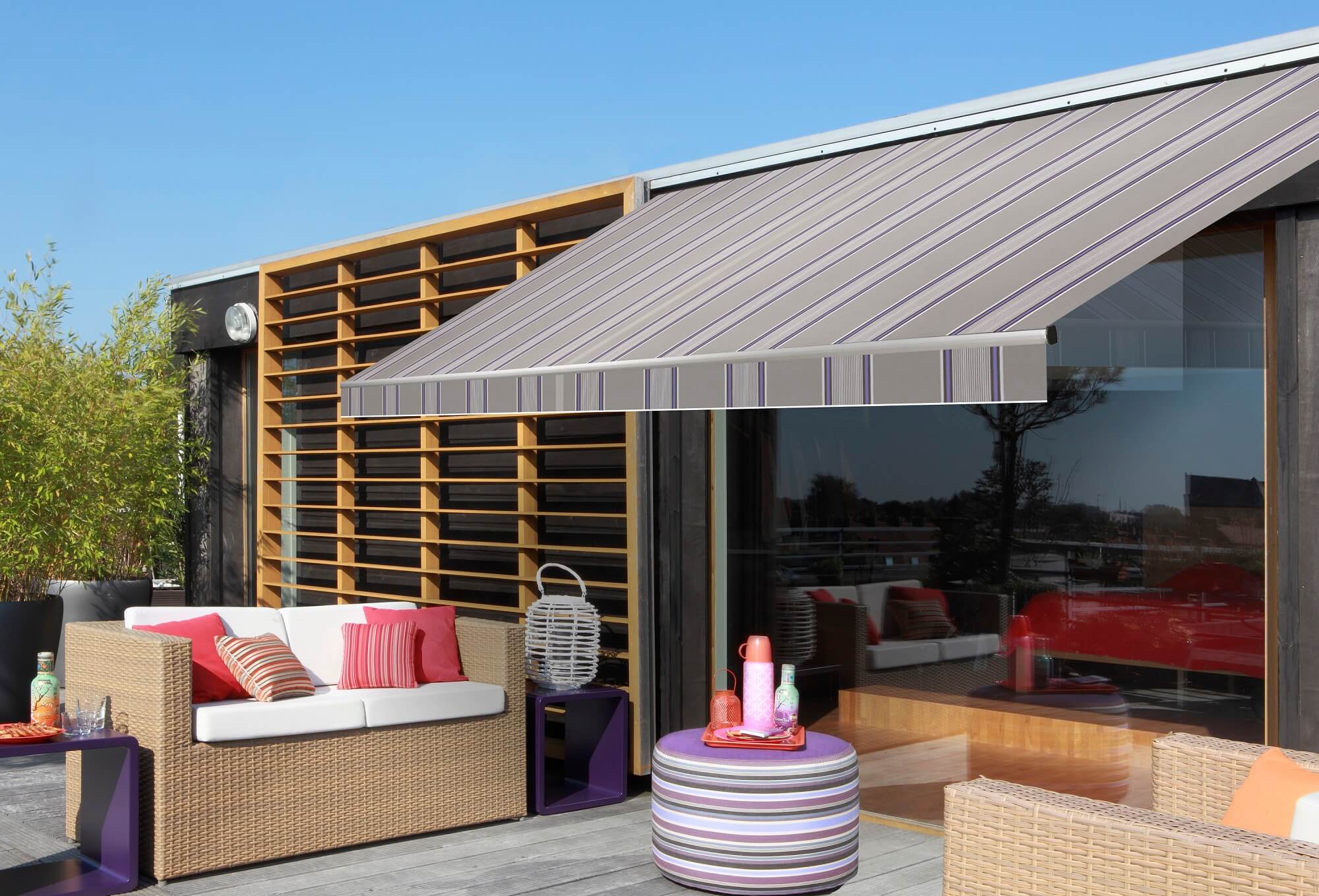
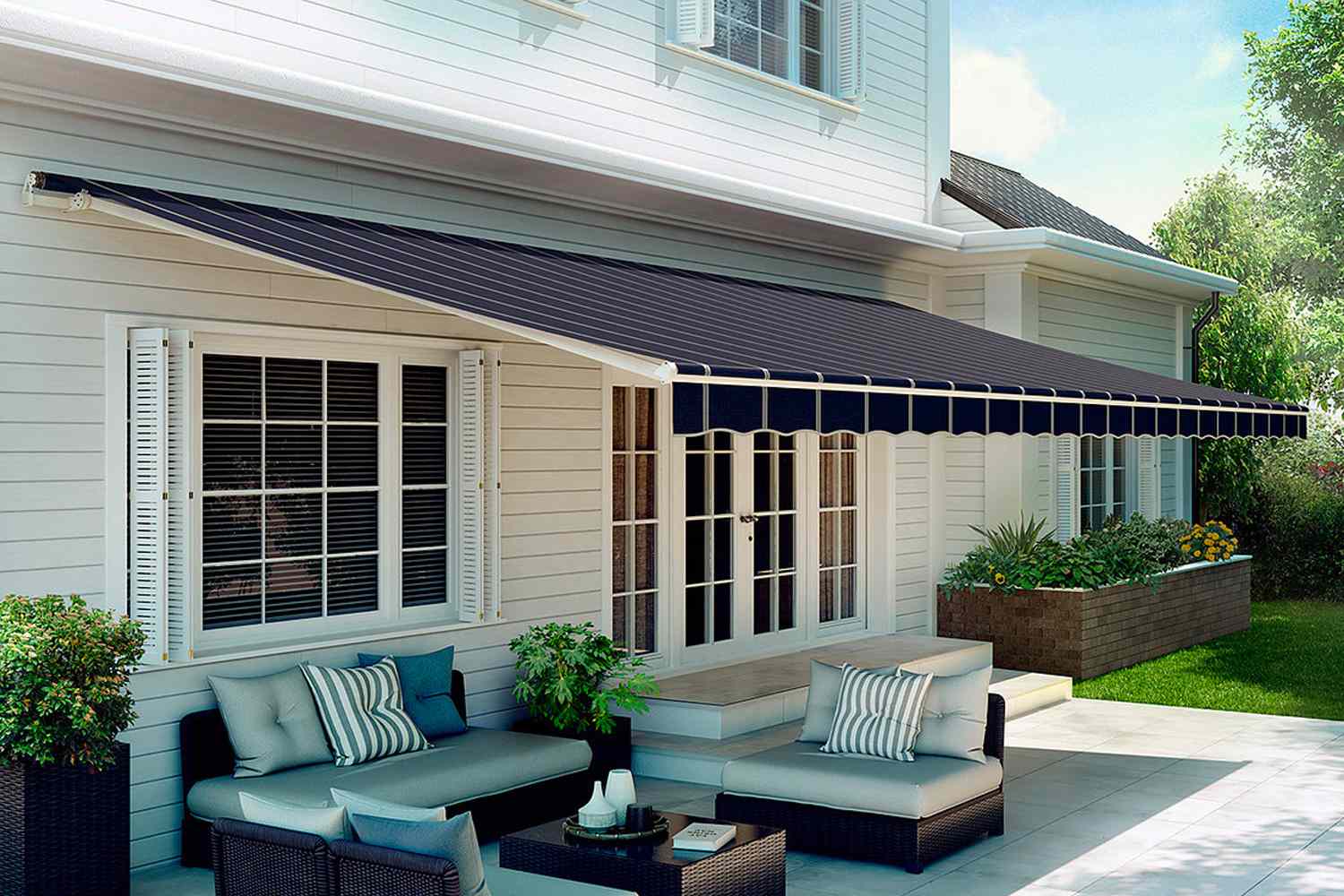
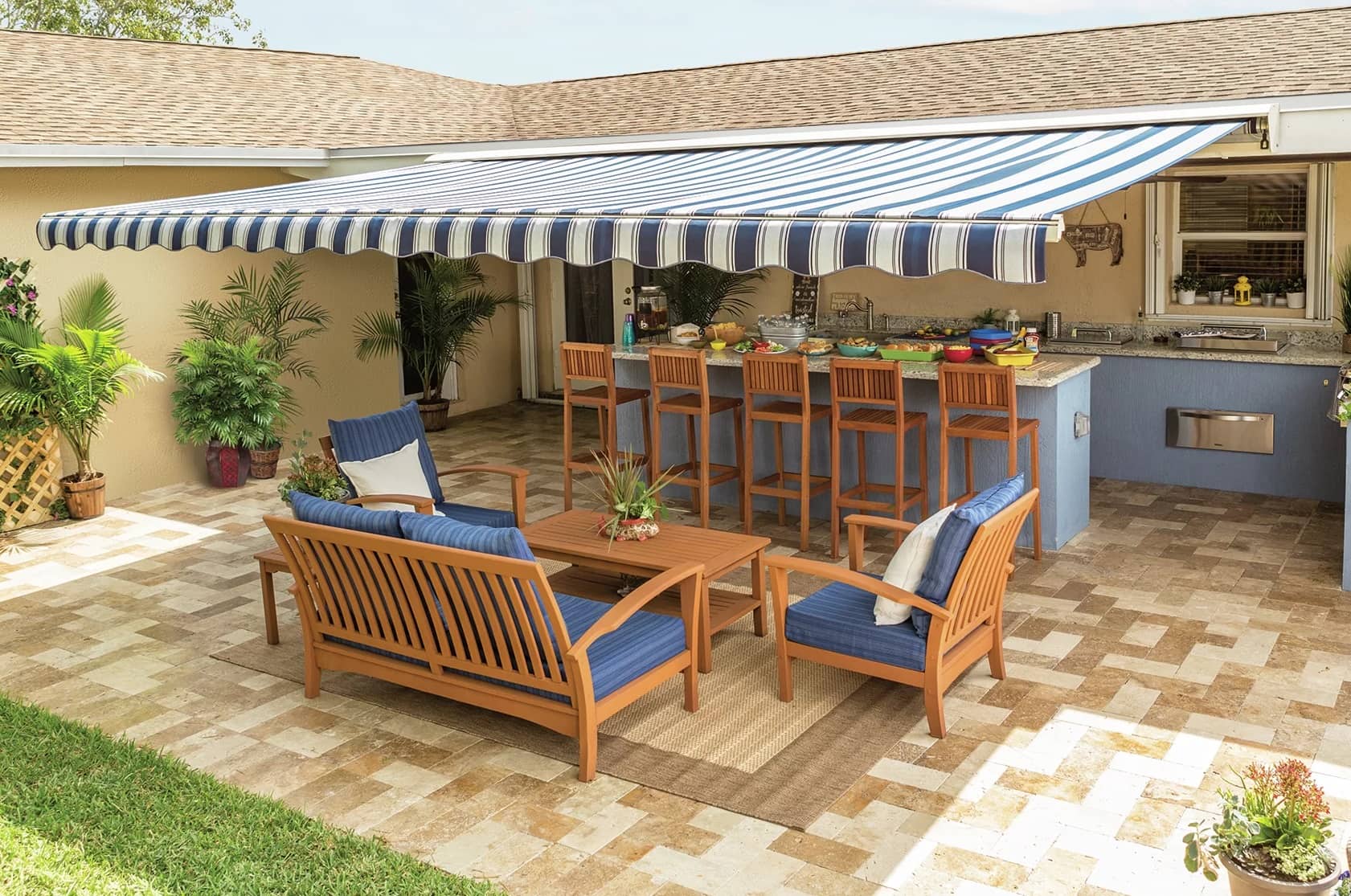
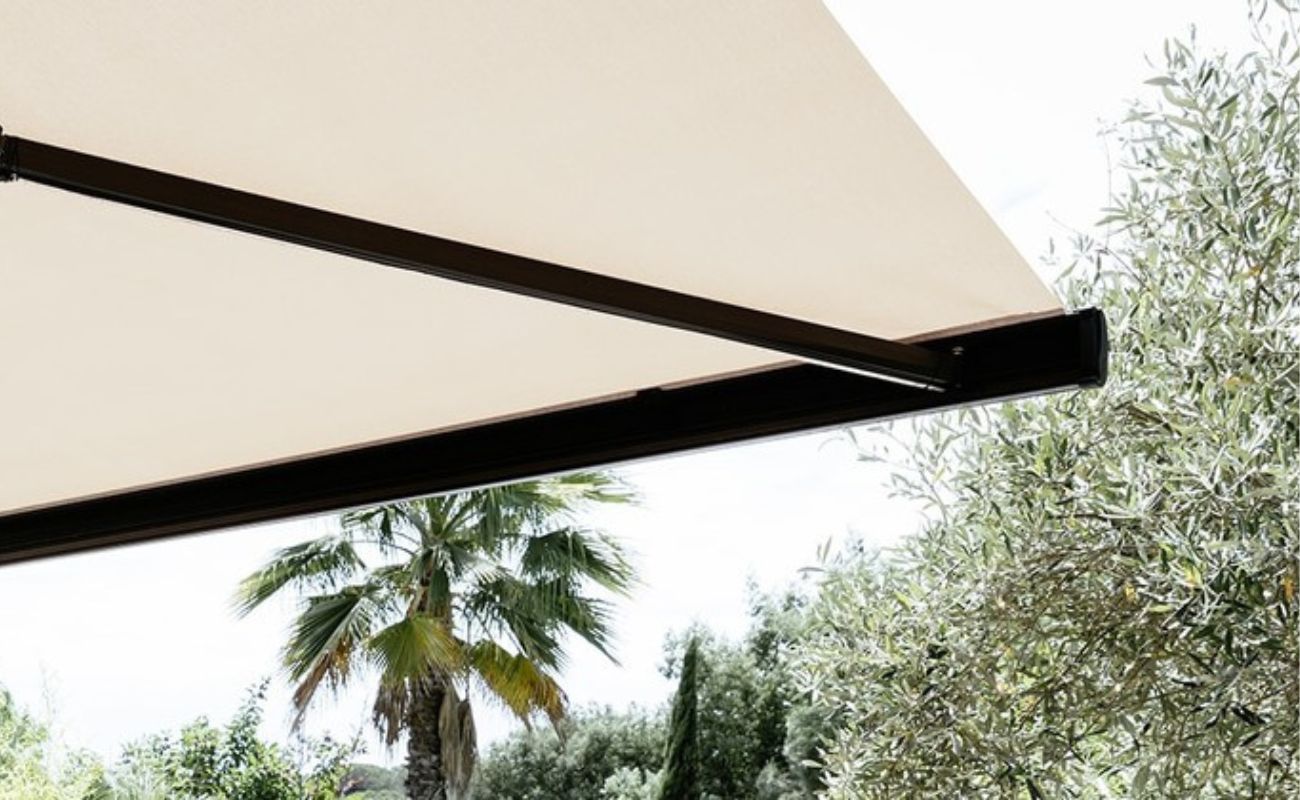
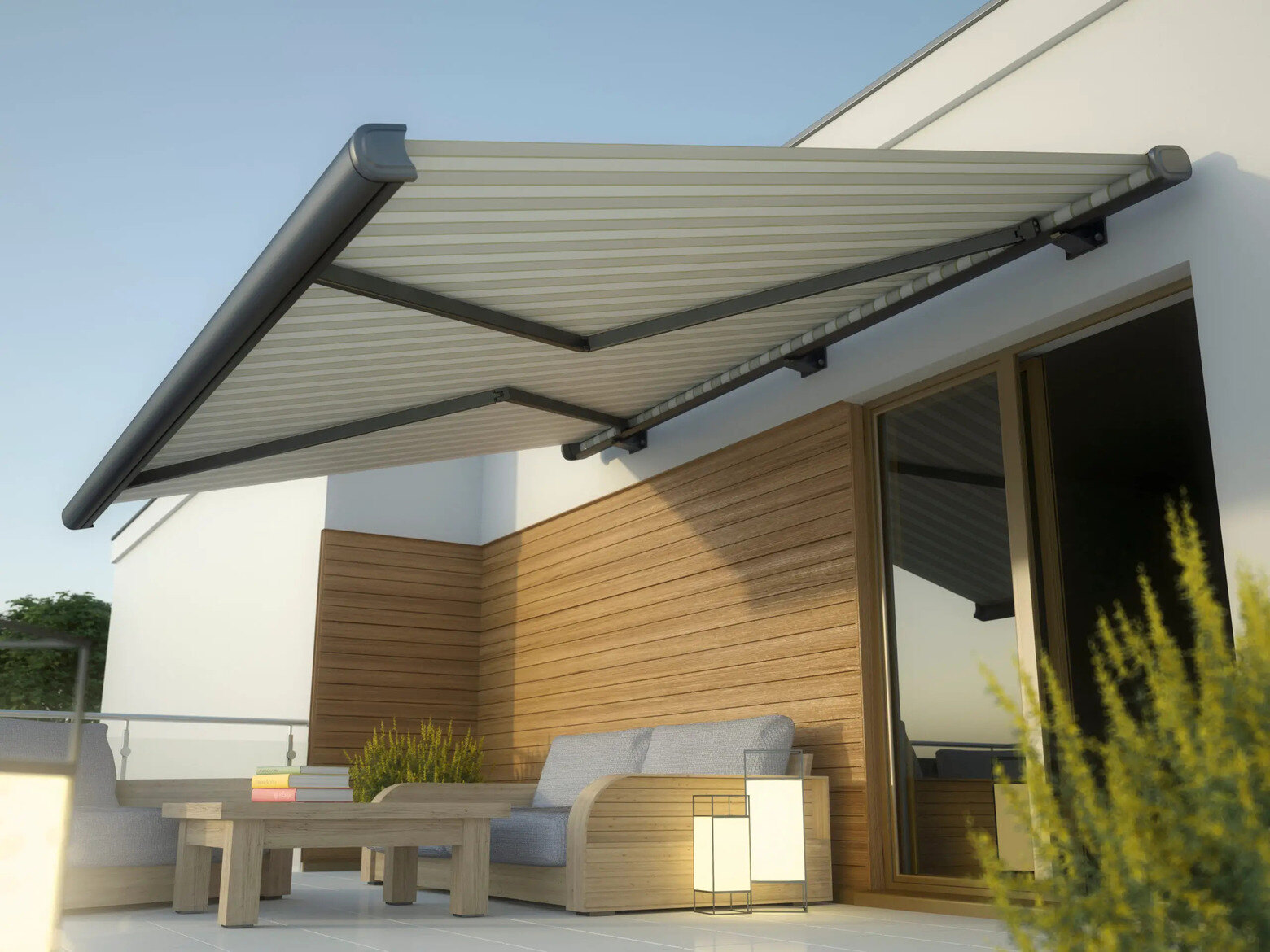
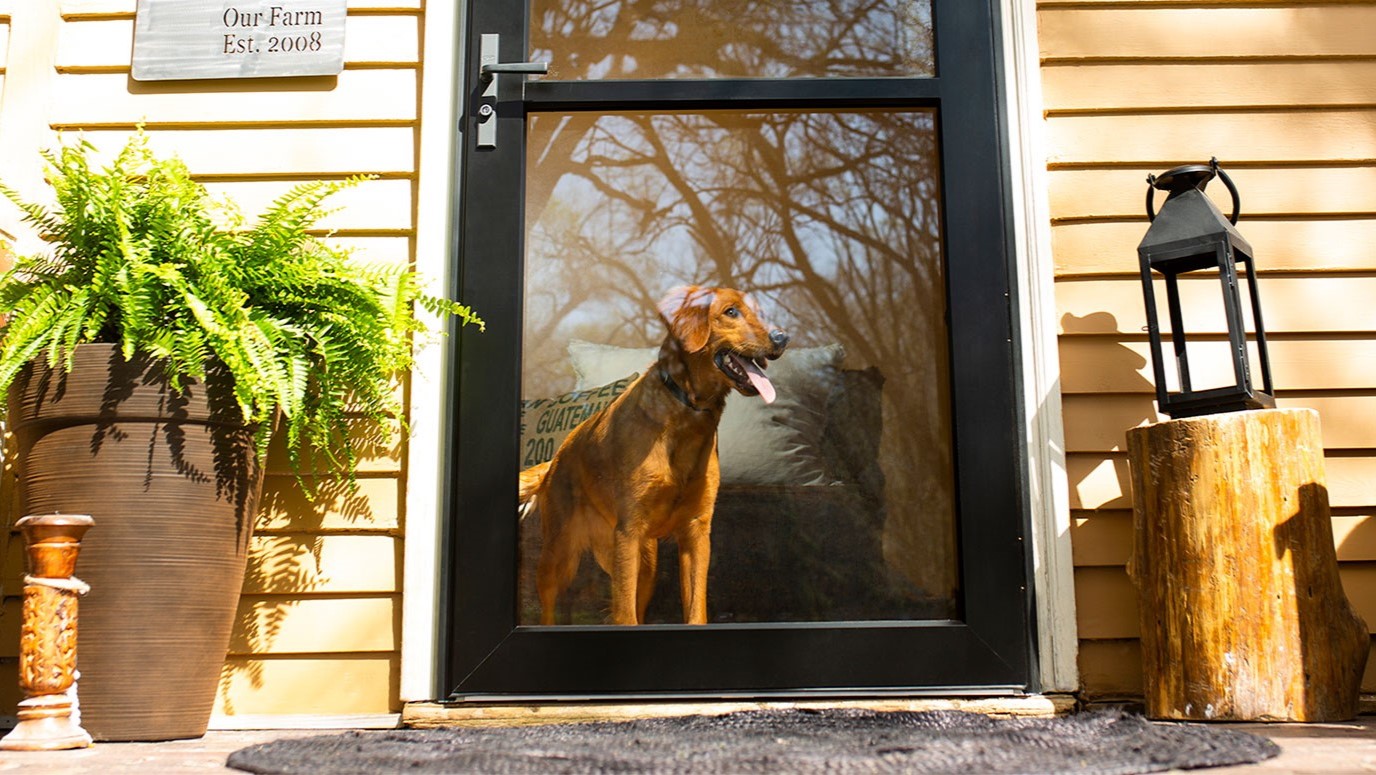

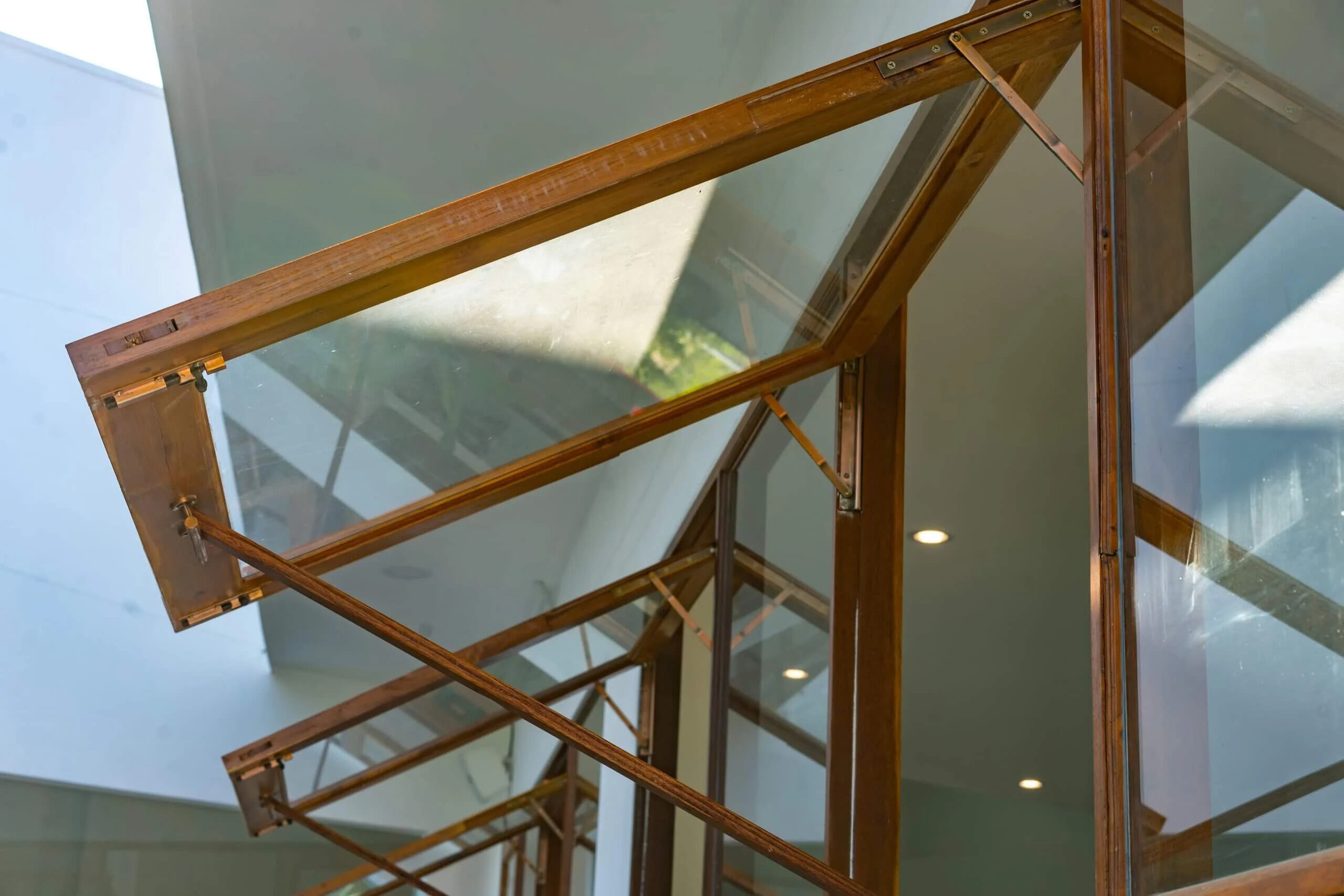
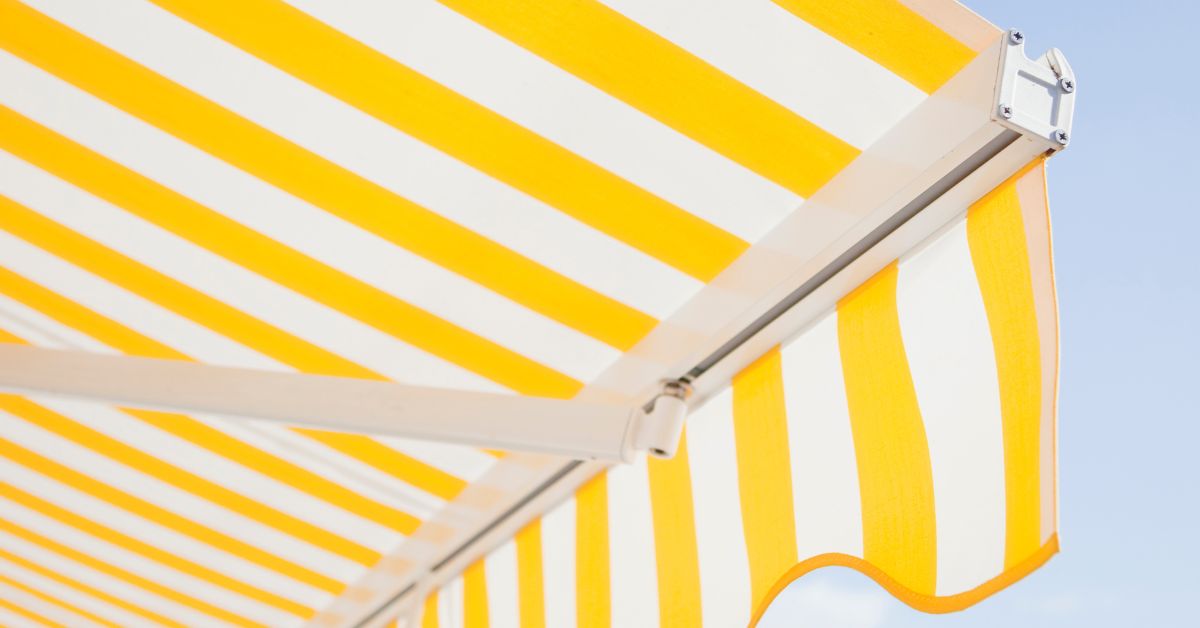
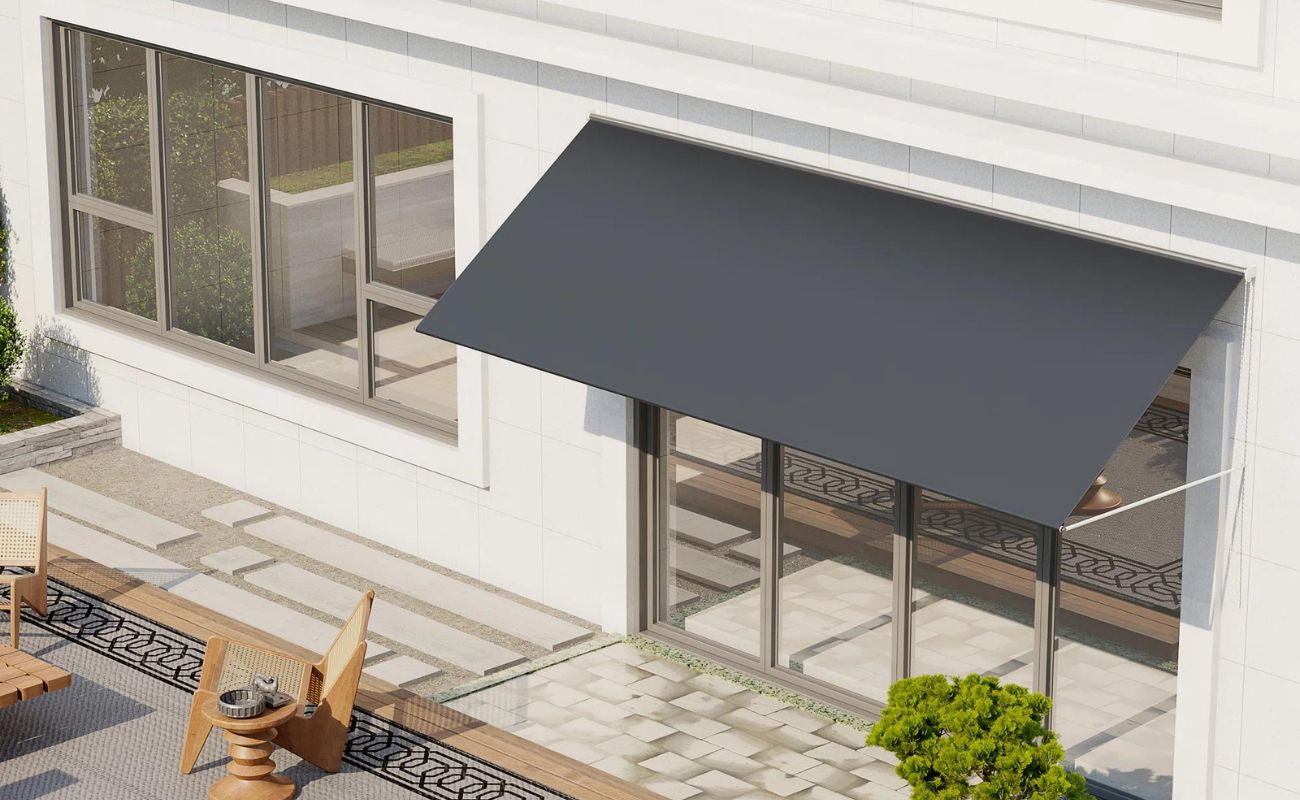

0 thoughts on “What Is A Retractable Awning”